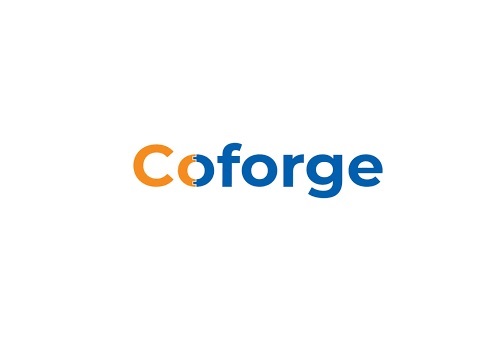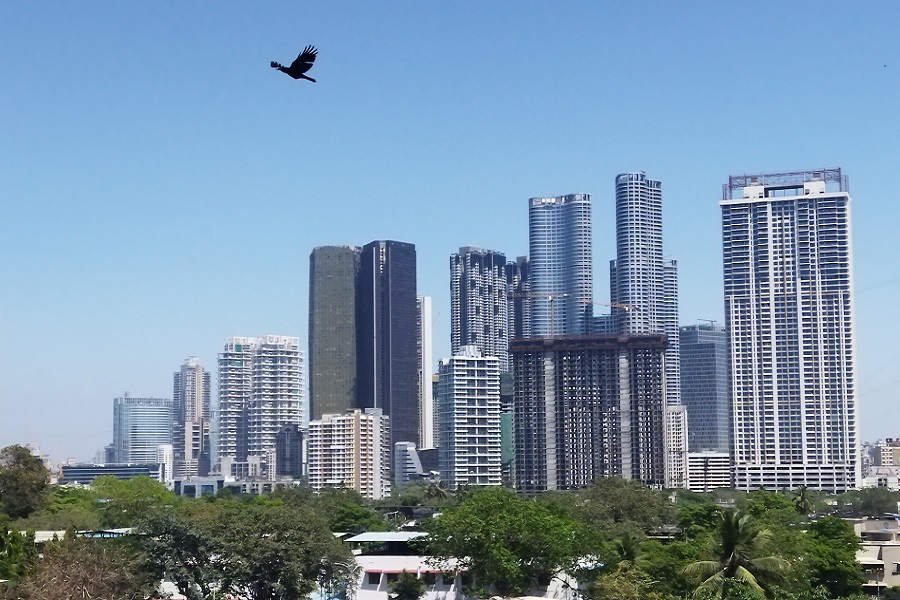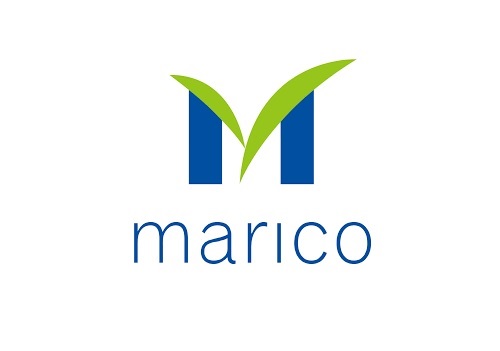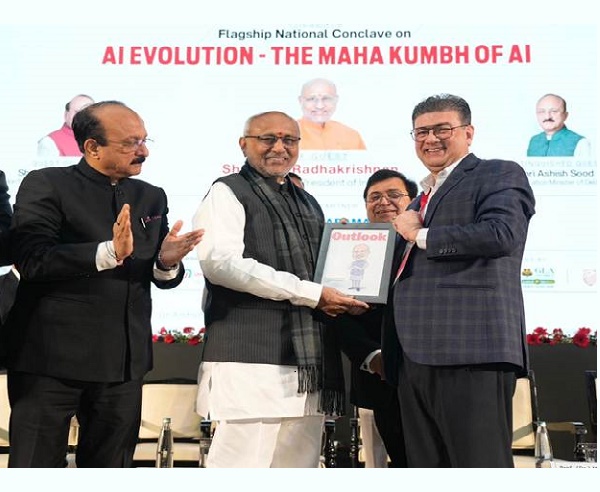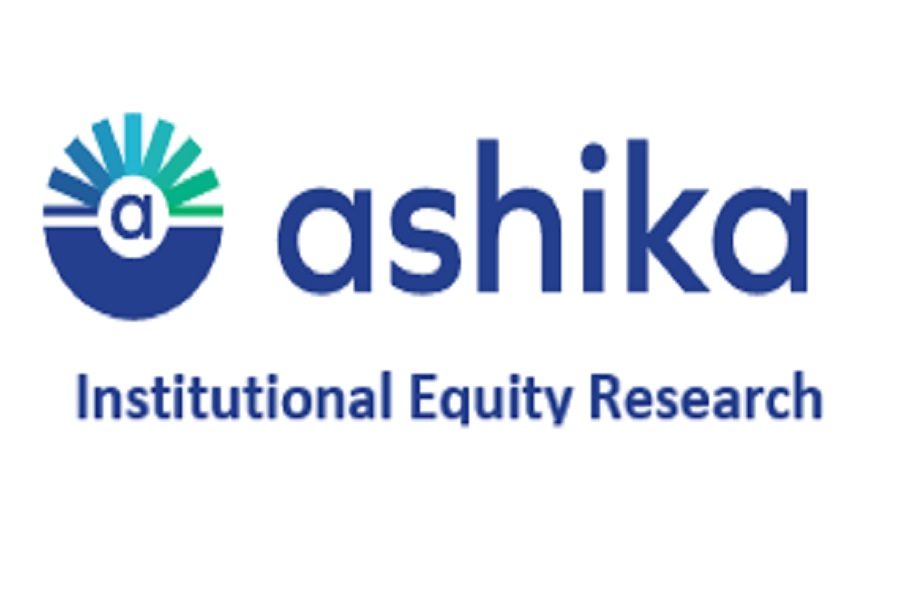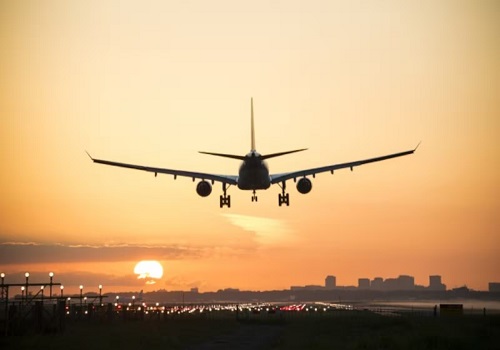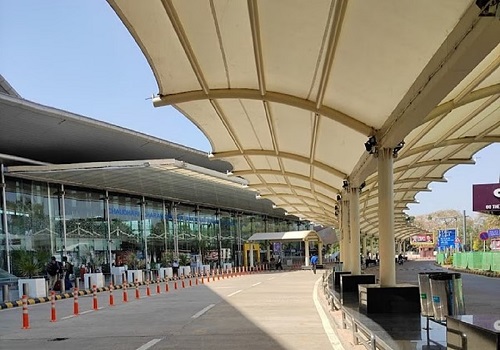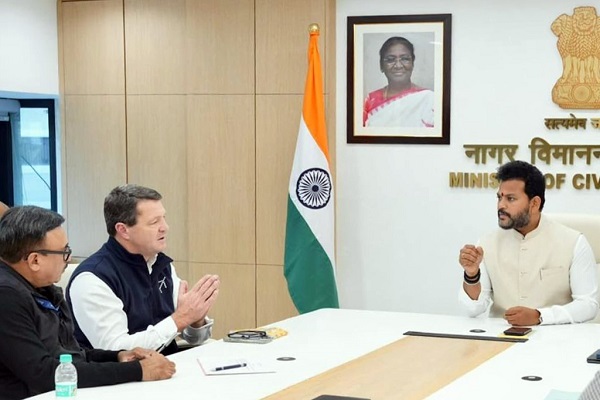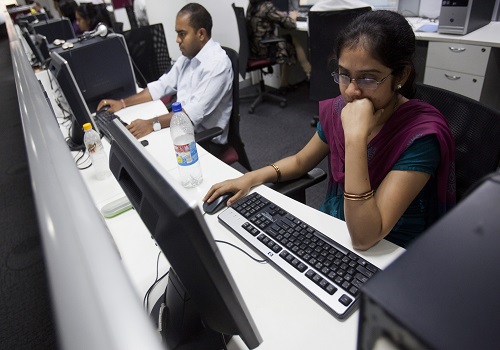Transportation Update : Aggression by the lean flying machine will pay huge dividends by Kotak Institutional Equities
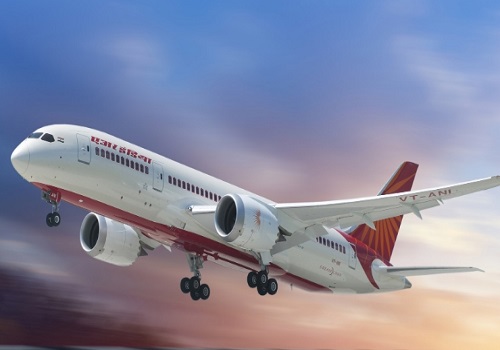
Aggression by the lean flying machine will pay huge dividends
Our candid discussion with Mr Sanjay Lazar (CEO, Avialaz Consultants) suggests benefits of aggression for IndiGo in (1) going international and hybrid long-haul and (2) starting new ancillary revenue streams, including a frequent flier program. Mr Lazar believes air fares will continue to have a one-way increase and the task is cut out for Spicejet and Akasa Air to raise funding and accelerate growth, else it would become difficult to compete with IndiGo and Air India pooling domestic volumes and making money on international. The market would see new entrants in the LCC, FSC and regional domains; IndiGo may be preparing for a large regional aircraft order. Mr Lazar shared prospects of a much larger compensation for Indigo from P&W than what we envisage, which is a key (though transient) upside risk to our estimates.
IndiGo may not wait until 2027 to deploy wide-bodied aircraft
IndiGo has a spread-out domestic route network and infrastructure (aircraft), which Air India does not have currently. Thus, IndiGo would benefit from funneling in its domestic traffic and flying international through more hubs with XLRs. The right slots, reach and sectors, coupled with a dual class configuration, can make a meaningful difference to the yields of IndiGo, as it can benefit from the long-haul market as well. In such a context, it may consider going for secondary leases for wide-bodied aircraft to hasten its journey rather than waiting for Airbus A350 supply from 2027.
IndiGo may want to consider pulling remaining revenue levers
Two levers cited include (1) the move toward dual/triple class seat configuration, (2) start of a frequent flyer program and (3) duty-free sales. While the move to a premium class offering has already been announced, Mr Lazar shared that the other two ancillary revenue streams’ contribution has been healthy for other airlines. Especially on the frequent flier program, he estimates a valuation of US$500 mn over the next 2-3 years, as IndiGo starts to monetize its 100 mn pax base, given that JetPrivilege was valued at US$300 mn in 2014 and Delta FFP has a turnover of almost US$6 bn per year, whereas Southwest’s FFP nets US$5.9 bn, which is 22.4% of its total revenue.
IndiGo and Air India would thrive at expense of other domestic/overseas airlines
IndiGo is a lean operator with homegrown talent that potentially has a 6-8% cost advantage over Air India. It pulls various cost levers to good effect—(1) fuel management (speed, weight), (2) one of the lowest leases globally for the same aircraft model, (3) swift turnaround of easy to maintain flights, (4) strong control over ancillary staff and (5) the most efficient rostering system of any airline, leading to best crew utilization. Air India, on the other hand, will meaningfully benefit from synergies with the merger of four airlines and business relationship with Singapore Airlines—related savings would take a couple of years to show up meaningfully. It also has a strong international network and will set up a strong domestic feeder network over the next 3-5 years. The task is cut out for other domestic airlines that need to scale up their domestic and international network fast enough. Under the current stiff supply constraints, these entities may need to opt for new funding sources to accelerate their journeys.
Market may see new entrants in LCC, FSC and regional domains
There has been interest from both domestic and overseas names to start the lowest-cost carriers and full-service carriers in India. Recently, a third regional airline has come up and the space may see active interest from IndiGo—a meaningful aircraft order is potentially in the making.
Fares would not decline, as demand continues to outstrip supply
Mr Lazar believes that the demand is presently outstripping supply by 20-25%. While supply may get restored over time, he does not anticipate air fares decreasing. He expects air fares to follow a trend of increase, and then stabilize before the next increase. New airports planned by the country would also add to the demand growth over time.
Merger of Vistara and Air India was in plans before the acquisition of the latter by Tata
Tata had supposedly bid for Air India to have it merged with Vistara as the end-game, benefiting from the synergistic capabilities of Singapore Airlines and bilateral slots utilization, Temasek’s investments in the aviation sector, and the existing fleet of Air India. We also learned from Mr Lazar of the changes that happened in Air India after Tata took over, primarily the significant leaps in the IT Infrastructure upgrades, 75% new in-flight staff, 45% new middle management and 100% new top management, while retaining the pilot crew, which resulted in a fresher outlook, with the five-year Vihaan plan.
While we do note the challenges that may have come up from training relatively new in-flight staff on-the-go for a full-service carrier, Air India indeed has work to take up, particularly in the training of in-flight staff through its newly setup academy and providing better catering services (wider options) on its domestic and international networks. Air India also has the strongest FFP in India, with its 30-year-old flying returns program.
Mr Lazar also clarifies the merger of Air India and Vistara to be on schedule, with few departures of redundant non-flying staff, unification of loyalty programs and approvals in place, while a key challenge that remains in the seniority of pilot staff and allocation of slots accordingly.
P&W’s compensatory package for airlines to aid IndiGo during the transient times
P&W has disclosed in its concall on September 2023 that it is expecting to incur an expense of US$6-7 bn in total (with P&W having a 50% partnership in the same), of which 80% is for customer support (US$4.8-5.6 bn) and the rest is for raw material procurement for turbine disk manufacturing.
While the initial intention of P&W was to recall 600 aircraft through 2023 and 2024, it has come up with an accelerated fleet management program, through which it mentioned recalling additional 300-350 airplanes, with an expectation of maximum 1,500 airplane recalls in 2023-26, majority of which would be in 2023-24. The compensatory package of ~US$5-6 bn is expected to be paid as claims for these grounded aircraft.
IndiGo has around 136-140 aircraft impacted due to P&W issues—~9% of the 1,500 expected grounded aircraft for 2023-26. We assume a similar share (9%) of the compensatory package at US$400 mn for the period, while we do note a higher package being awarded, given the package is not just dependent on the grounded aircraft, but also the monetary loss airlines faced due to the grounding and untimely recall of the fleet. Spirit Airlines reportedly received a compensation of US$150-200 mn, which was expecting to ground around 25 aircraft on average in CY2024 and 40 aircraft in 4QCY24.
While a higher package may provide relief to IndiGo, it also reflects a much worse cost structure on unit basis (ASK) during the transient period, which we have already discussed in our previous note to be more than negating the impact of compensation provided (Rs0.07/ASK increase in other operating income versus Rs0.42/ASK increase in CASK, excluding fuel, employee and forex costs, during 2019-24).
Above views are of the author and not of the website kindly read disclaimer

